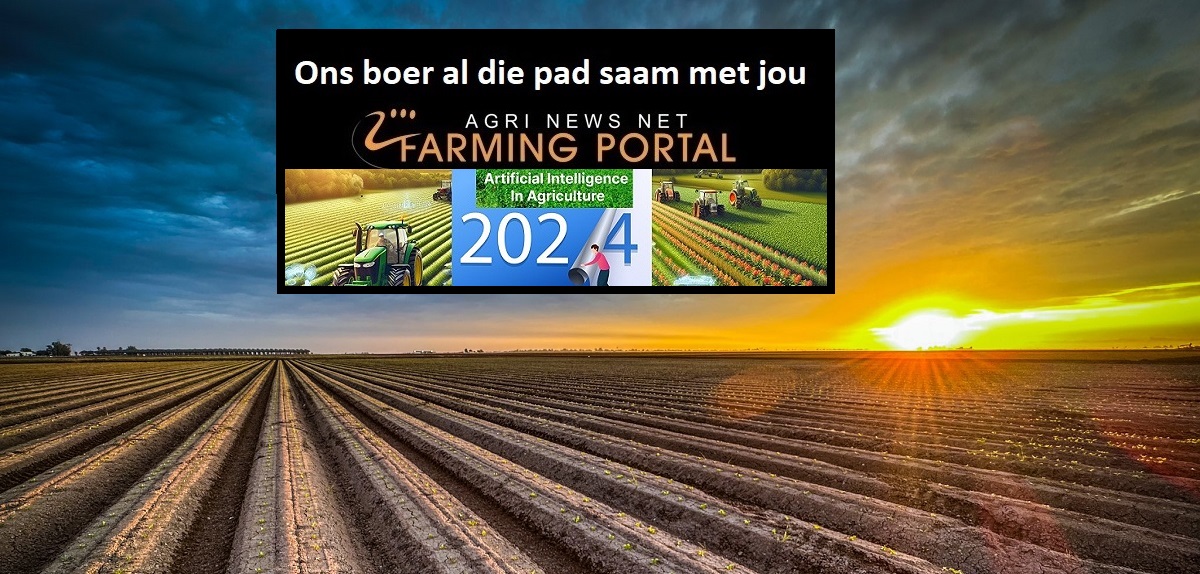After experiencing severe shocks and high volatility in the previous years, EU agricultural markets are showing positive signs of stabilising as input costs have steadily declined over the past months and food inflation has returned to a moderate rate.
The general macroeconomic and food price environment points to possible improvements in demand for agri-food products in most sectors. Nonetheless, the outlook remains subject to a high degree of uncertainty, linked to weather events, geopolitical conflicts and animal and plant diseases. Published today by the European Commission, the autumn 2024 edition of the short-term outlook report for EU agricultural markets presents the latest trends and prospects for key agricultural markets.
According to the report published today, agricultural markets are showing signs of stabilisation. Food inflation has been declining, and food prices have remained relatively stable over the last months for most products, though they are on average 32% higher compared to 2020. An increase in demand for agri-food products could be supported by the expected EU GDP growth and steady moderate inflation. Since the spring edition of the short-term outlook, adverse weather conditions have proved to be more frequent and damaging, affecting production and quality levels of major arable crops.
The EU fertiliser market is also gradually stabilising, with trade flows returning to normal and domestic production showing signs of recovery. However, affordability remains a concern for farmers, primarily due to declining arable crop prices. The lower crop yields in different regions of Europe in 2024 could cause cash flow issues for arable crop farmers, potentially affecting fertiliser purchases in spring 2025.
Since the beginning of the year, the European Commission, in close cooperation with Member States, has taken a wide range of measures to contribute to simplifying the Common Agricultural Policy for farmers. This longstanding EU policy represents an important economic safety net for EU farmers and steers the transition to sustainable and resilient farming. Stability in an unstable environment remains key for farmers to successfully conduct their work.
Arable crops
The 2024/25 EU cereal production is estimated at 260.9 million tonnes, around 7% below the 5-year average, which represents the lowest production in the last decade. This is caused by unfavourable weather conditions affecting yields and, in part, by a reduction in cultivated area due to, among other things, excessive rain disrupting planting. The most affected crops are soft wheat and maize, while oats, barley and durum wheat production increases.
The EU oilseed production in 2024/25 is expected at 29.7 million tonnes (-8% year-on-year), due to a reduction of rapeseed area and adverse weather conditions affecting sunflower. This is a significant revision from the spring short-term outlook report. By contrast, soya bean production is expected to increase by 8% year-on-year (13% above the 5-year average), reflecting an increase of soya bean cultivated area (+11% year-on-year).
 Impressive and positive- impact of wine sector in Europe
Impressive and positive- impact of wine sector in Europe
The EU consumption of vegetable oils keeps following a declining trend (14% below the 5-year average) as use of palm oil continues its downward trend, leading to reduced imports while exports remain stable.
The 2024/25 EU sugar production will increase by up to 1 million tonnes compared to last year. This increase is driven by an increase in area, in turn driven by record high sugar prices potentially prompting farmers to switch from other arable crops. Consumption of sugar is expected to remain stable, thus leading to reduced imports.
Specialised crops
In 2024/25 olive oil production is expected to return to average levels at 2 million tonnes, following two years with low production and record prices. As availability increases, prices should gradually decline and consumption increase, thus favouring exports. However, the sector still faces the uncertainty of how quickly prices will adapt to increased availability and how consumers will react after having changed consumption habits due to high prices.
EU wine production is expected to slightly decline year on year and remain 7% below the 5-year average levels, while consumption continues its decreasing trend. Wine exports are also declining. Acknowledging these difficulties, the Commission launched in July 2024 a High-Level Group on Wine Policy to address the challenges faced by the sector and explore possible solutions.
The report also takes a closer look at apples, oranges, peaches and nectarines, and tomatoes that were also affected by diverse weather events. As food inflation stabilises, consumption of fresh fruit and vegetables could recover in a coming future.
Milk and dairy products
EU milk supply is forecast to increase marginally in 2025. Assuming normal weather conditions, the continuous decline in the dairy herd (-0.7%) is expected to be counterbalanced by increasing milk yields (+1%).
EU cheese production could further increase in 2025, and exports of EU cheese could benefit from competitive prices.
However, the recovery of consumer demand for dairy products in general remains cautious and mixed among different dairy commodities. Indeed, the price of butter increased significantly in 2024, driven by tight supply and stable demand.
Meat products
Continued structural adjustment drives a decline in EU beef production by an expected 1% in 2025. EU per capita beef consumption dropped by 1.7% in 2024 to 9.6 kg.
Overall, EU pigmeat production is expected to slightly decrease by 0.5% in 2024, and 0.2% in 2025. African swine fever outbreaks remain a risk for production. For 2025, EU per capita consumption is expected to stabilize at 30.9 kg while less competitive EU pigmeat prices make exports to the global market a real challenge.
By contrast, the EU poultry sector is witnessing rather good market prospects in 2024, with a 4% growth in production and a 3% increase in exports. This upward trend is expected to continue in 2025, and EU per capita consumption of poultry to reach 25.2 kg.
Updated balance sheets for the marketing year 2023/24 are included in the latest short-term outlook report and are also available in the agri-food data portal.














